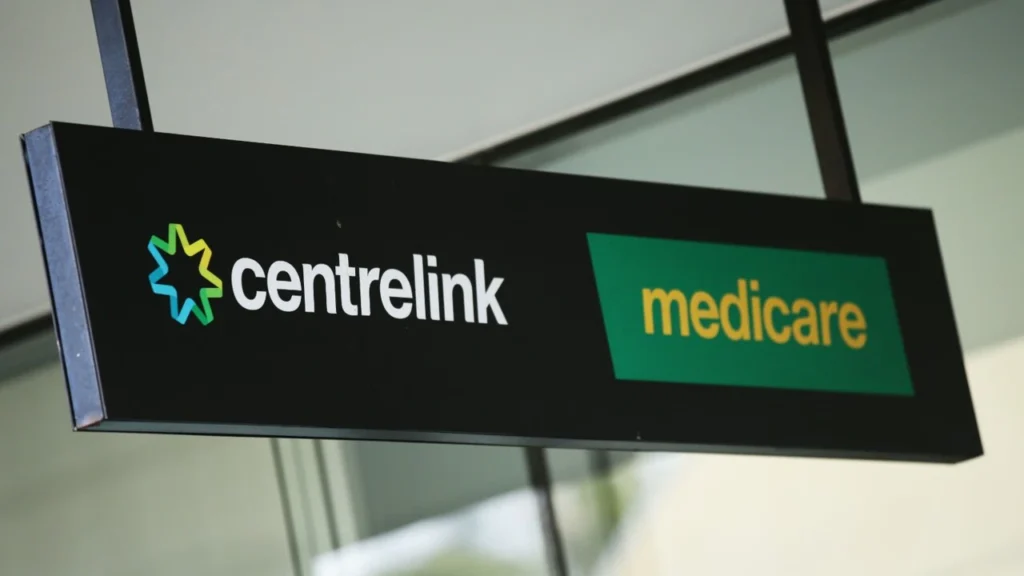According to data from Services Australia, the number of calls made to Centrelink went up significantly in the year to April 2024. Many of those who are struggling with rent or food are reportedly spending long hours on the phone while waiting for help.
In February, the agency experienced a staffing boost, yet these individuals are still not receiving the benefits of the new capacity.

The automated message that informs callers that the queue is too long will help them find other services before the call is disconnected. As of March 31, 2024, there were over 11 million congestion messages on Centrelink’s welfare and social security lines, which is more than the number of such messages a year earlier.
About two million of the 11 million calls were to the disability, sickness, and carers line. Those who were able to get through on the line took around 47 minutes on average. However, the number of unanswered calls made to Centrelink’s aged care and Medicare clients also increased significantly. In the previous year, only 4067 people received congestion messages.
According to Services Australia, since January, the number of unreturned calls has decreased. However, for people who continue to receive congestion messages, the improvement is not apparent. One user commented on how it’s fun to receive emails from Centrelink telling them that they need to call them.
One user commented on how much fun it is to receive an email from Centrelink telling them they need to call. However, after repeatedly trying to call the agency, the message just hangs up. Another user said that she was receiving a congestion message telling her to go back to the website or app.
One user noted that the solution is to call the number provided, and then continue to get hung up. She said that the agency has no queuing system, and it puts the blame on the individual, demanding that they use up a lot of their time to resolve the issue. Another user said that if they don’t talk to someone, they will lose their payments.
Due to the backlog, one person said that she cannot take a week off work just to try and get through. According to Services Australia, thousands of additional staff members were hired in February, and by April, they had been trained to handle calls and process claims.
Despite the additional staff members, Services Australia is still focused on getting through its backlog of claims. According to the agency’s general manager, Hank Jongen, the use of congestion messages has decreased significantly since January.
He noted that the average wait times for Centrelink calls have decreased from 31 minutes in January to around 25 minutes in June. However, even if the number of congestion messages is reduced to several million annually, the situation for the many vulnerable individuals who rely on the agency is still dire.
According to MacDonald, some people are calling to report that their payments have been cut off or reduced, which can prevent them from buying food or paying their rent. Long call times are a major issue for people who rely on the government agency. He also noted that the number of messages blocking callers is reportedly over 11 million.
The government recently invested almost $2 billion in hiring 3,000 new workers. It is encouraging to see that some of the wait times are starting to improve.
Despite the positive progress that the government has made in addressing the issue of long call times, many people are still waiting for their payments to be processed. To see how the investment in the agency has affected the situation, Services Australia will be releasing new data next week.

